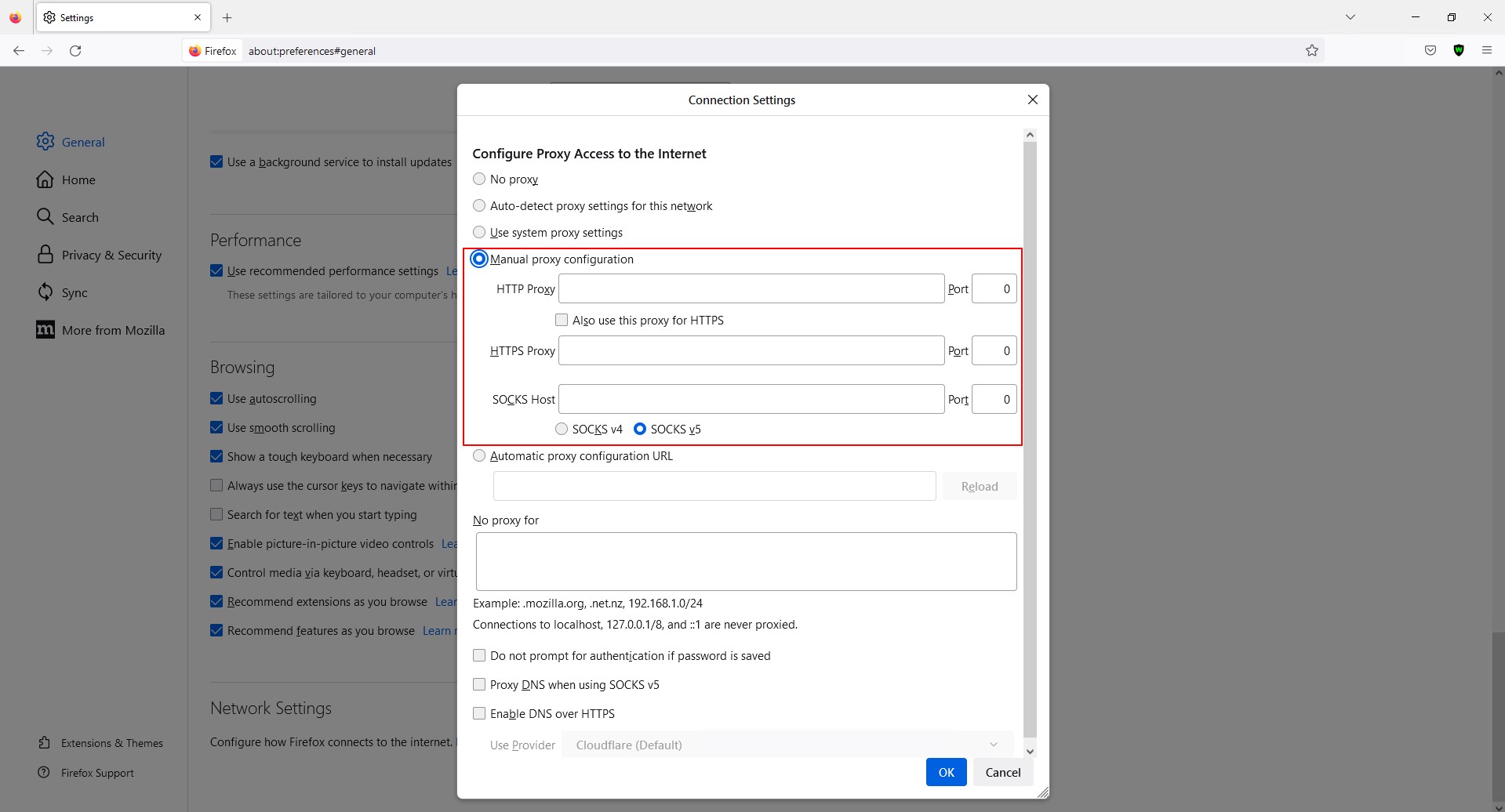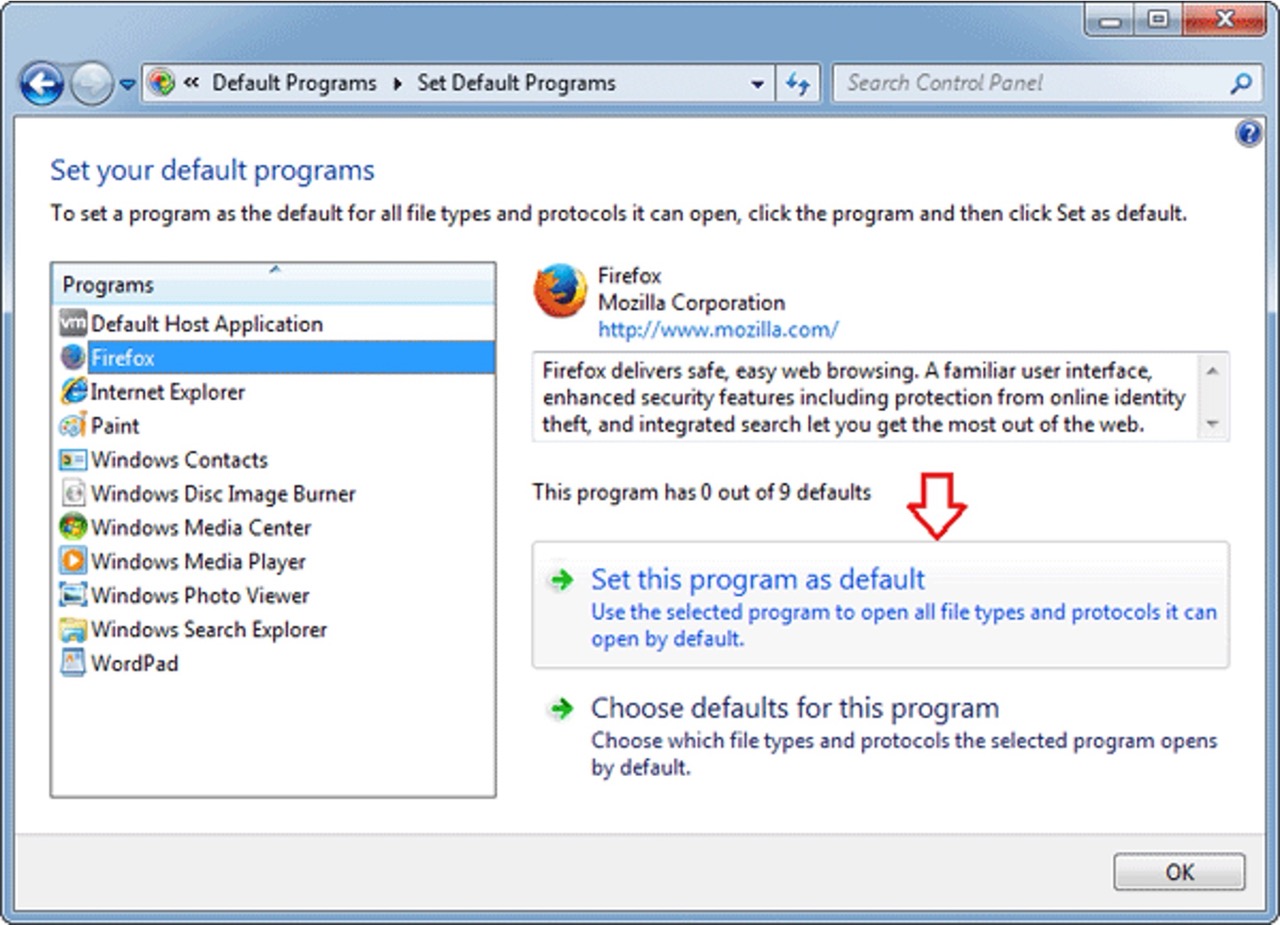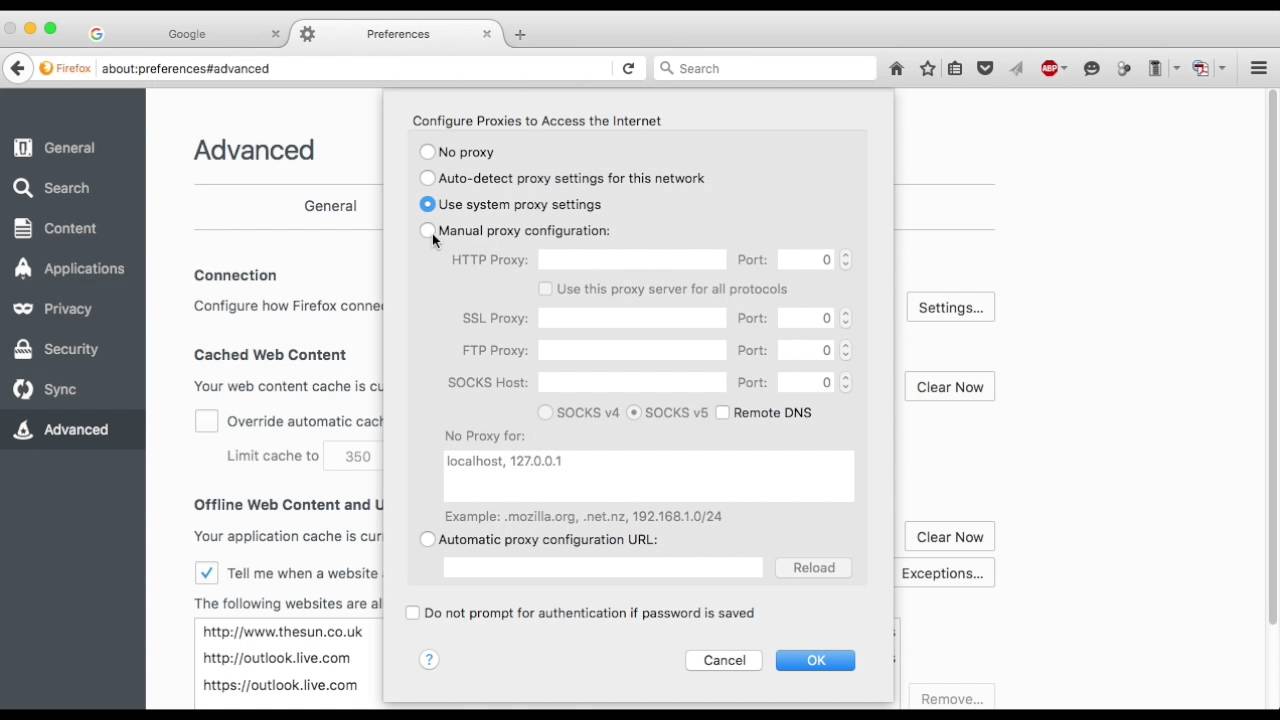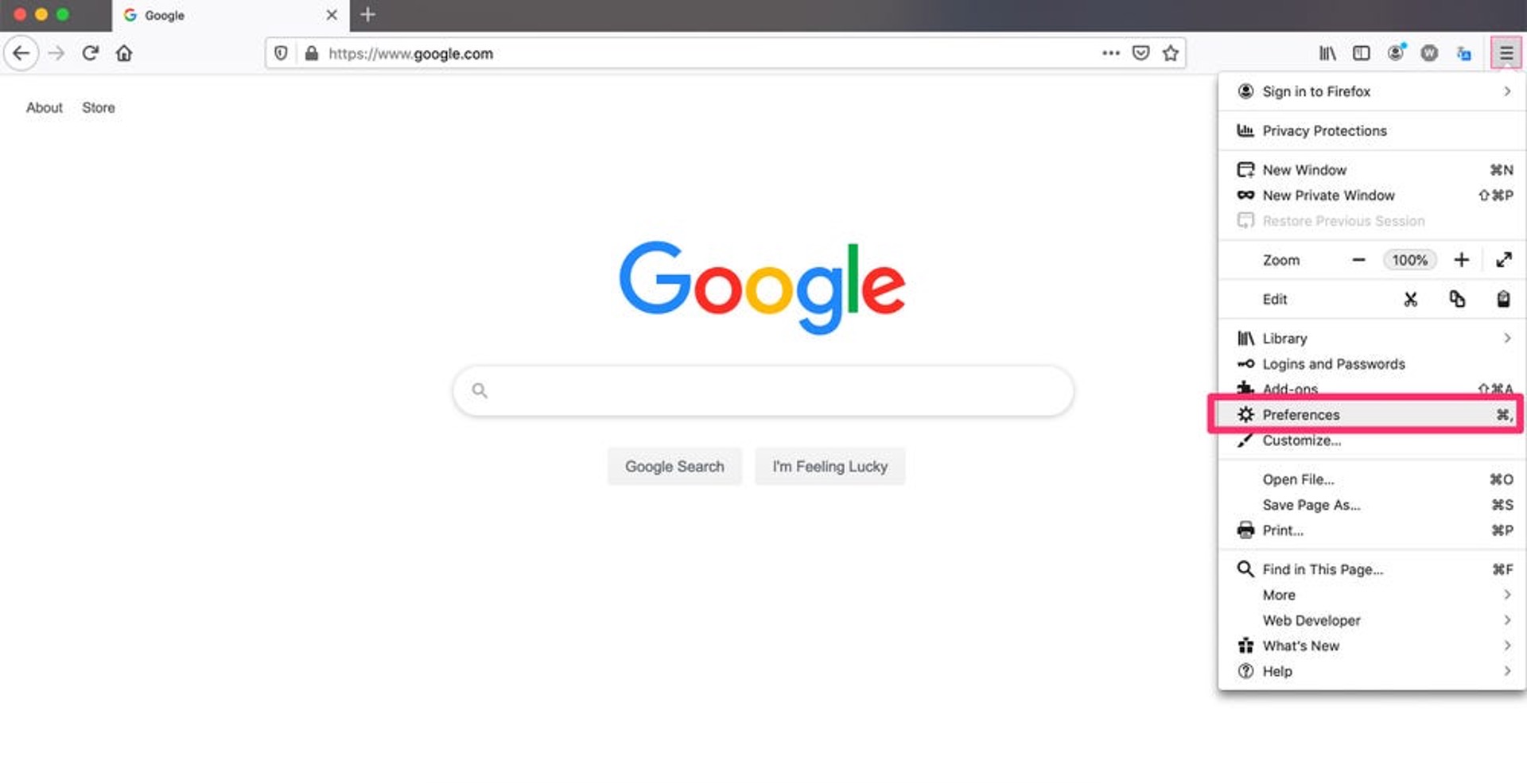Introduction
Firefox is a popular web browser known for its user-friendly interface, robust security features, and extensive customization options. Whether you're a seasoned user or just getting started with Firefox, understanding how to access and manage its internet options is essential for optimizing your browsing experience. From privacy and security settings to customizing browser preferences and managing add-ons, Firefox offers a plethora of options to tailor your browsing environment to your specific needs.
In this comprehensive guide, we will delve into the various aspects of accessing and managing internet options on Firefox. You will learn how to navigate through the browser's settings to enhance privacy, security, and overall functionality. Additionally, we will explore the process of customizing browser settings to personalize your browsing experience and managing add-ons and extensions to extend Firefox's capabilities. Furthermore, we will discuss the importance of clearing browsing history and cache to maintain optimal browser performance.
By the end of this guide, you will have a solid understanding of how to leverage Firefox's internet options to create a secure, efficient, and personalized browsing environment that aligns with your preferences and requirements. So, let's embark on this journey to unlock the full potential of Firefox and harness its myriad features to elevate your browsing experience.
Accessing Internet Options on Firefox
Accessing the internet options on Firefox is a fundamental aspect of customizing and optimizing your browsing experience. Whether you want to adjust privacy settings, manage security preferences, or customize browser features, navigating through Firefox's internet options is the gateway to tailoring the browser to your specific needs.
To access the internet options on Firefox, start by opening the browser on your desktop or mobile device. Once Firefox is launched, look for the "Menu" button, typically located in the upper-right corner of the browser window. The "Menu" button is represented by three horizontal lines, symbolizing a dropdown menu. Click on the "Menu" button to reveal a list of options.
Upon clicking the "Menu" button, a dropdown menu will appear, presenting a range of options for customizing and managing Firefox. Within this menu, locate and click on the "Options" or "Preferences" tab. The specific wording may vary slightly depending on the version of Firefox you are using, but the function remains the same.
After selecting the "Options" or "Preferences" tab, a new window or tab will open, displaying a comprehensive array of settings and options for Firefox. This is where you can delve into various categories such as "Privacy & Security," "General," "Search," "Extensions," and more, depending on your specific version of Firefox.
Within these categories, you can fine-tune settings related to tracking protection, cookies, passwords, security certificates, default search engine, and other browsing preferences. Additionally, you can explore advanced settings to further customize your browsing environment, including network settings, update options, and accessibility features.
In summary, accessing internet options on Firefox is a straightforward process that empowers users to personalize their browsing experience. By navigating through the browser's settings, users can tailor privacy, security, and general preferences to align with their individual needs and preferences. This accessibility to internet options underscores Firefox's commitment to providing a user-centric and customizable browsing experience.
Managing Privacy and Security Settings
Managing privacy and security settings within Firefox is crucial for safeguarding your online activities and personal information. Firefox offers a robust set of features that empower users to control their privacy and enhance their browsing security.
Privacy Settings
Firefox provides granular control over privacy settings, allowing users to manage how their data is handled while browsing. Within the "Privacy & Security" section of the options menu, users can configure settings related to tracking protection, cookies, and permissions.
Tracking Protection
Firefox's tracking protection feature helps prevent websites from tracking your browsing behavior across different sites. Users can choose between standard, strict, and custom tracking protection settings to tailor their level of privacy protection.
Cookies
Managing cookies is essential for controlling how websites store and access data on your device. Firefox enables users to block third-party cookies, clear cookies upon exiting the browser, and manage exceptions for specific websites.
Permissions
Firefox allows users to manage site permissions, such as access to location, camera, microphone, and notifications. This level of control ensures that users can dictate which websites have access to their sensitive data and hardware resources.
Security Settings
In addition to privacy features, Firefox offers robust security settings to protect users from online threats and malicious activities. The browser's security settings encompass features such as password management, security certificates, and protection against harmful downloads.
Password Management
Firefox's built-in password manager securely stores and autofills login credentials for websites, eliminating the need to remember multiple passwords. Users can also generate and manage complex, unique passwords for enhanced security.
Security Certificates
Firefox manages security certificates to ensure secure communication with websites. Users can view and manage certificates, import new ones, and configure advanced security settings to establish secure connections.
Protection Against Harmful Downloads
Firefox employs a robust download protection feature that automatically scans downloaded files for potential threats. This proactive approach helps prevent users from inadvertently downloading malicious content.
By effectively managing privacy and security settings within Firefox, users can fortify their online privacy, mitigate security risks, and enjoy a safer browsing experience. Firefox's commitment to empowering users with comprehensive privacy and security features underscores its dedication to prioritizing user safety and data protection.
Customizing Browser Settings
Customizing browser settings in Firefox allows users to tailor their browsing experience to their specific preferences and requirements. From adjusting the appearance of the browser to fine-tuning search and network settings, Firefox offers a myriad of customization options to enhance user satisfaction and productivity.
Appearance
Firefox enables users to personalize the browser's appearance by customizing themes, fonts, and colors. By accessing the "General" section within the options menu, users can choose from a variety of pre-installed themes or explore additional themes from the Firefox Add-ons store. This feature allows users to infuse their browsing environment with a touch of personal style, creating a visually appealing and engaging experience.
Search Settings
Firefox provides flexibility in managing search preferences, allowing users to set their preferred search engine and customize search bar behavior. Within the "Search" section of the options menu, users can select their desired default search engine from a list of popular options or add custom search engines based on their specific needs. This feature streamlines the search process, enabling users to access information more efficiently.
Network Settings
Customizing network settings in Firefox empowers users to optimize their browsing experience based on network conditions and preferences. Within the "General" section of the options menu, users can fine-tune network settings such as proxy configurations, connection settings, and offline storage. This level of customization ensures that users can adapt Firefox to perform optimally in diverse network environments.
Advanced Settings
For users seeking a deeper level of customization, Firefox offers advanced settings that cater to specific browsing requirements. Within the "General" and "Privacy & Security" sections of the options menu, users can explore advanced configurations related to data management, performance, and security. These settings provide a high degree of control, allowing users to tailor Firefox to their unique browsing habits and technical preferences.
By customizing browser settings in Firefox, users can create a personalized and efficient browsing environment that aligns with their individual preferences and requirements. The browser's extensive customization options underscore its commitment to providing a user-centric and adaptable platform, empowering users to tailor their browsing experience to their liking.
Managing Add-ons and Extensions
Managing add-ons and extensions in Firefox is a pivotal aspect of enhancing the browser's functionality and tailoring it to meet specific user needs. Add-ons and extensions are powerful tools that expand the capabilities of Firefox, offering a diverse range of features such as ad blockers, password managers, productivity enhancers, and customization options.
Accessing Add-ons and Extensions
To manage add-ons and extensions in Firefox, users can navigate to the browser's menu and select "Add-ons" or "Extensions." This action opens a dedicated tab where users can explore, install, remove, and configure various add-ons and extensions.
Exploring the Add-ons and Extensions Library
Firefox boasts a vast library of add-ons and extensions, providing users with an extensive selection of tools to augment their browsing experience. From productivity-boosting extensions to privacy-focused add-ons, the library caters to a wide spectrum of user preferences and requirements.
Installing and Removing Add-ons and Extensions
Users can effortlessly install add-ons and extensions from the Firefox Add-ons store with a simple click of the "Add to Firefox" button. Conversely, removing unwanted add-ons and extensions is equally straightforward, allowing users to declutter their browser and optimize its performance.
Configuring Add-ons and Extensions
Once installed, add-ons and extensions can often be customized to align with specific user preferences. This may involve adjusting settings, enabling or disabling specific features, or integrating the add-ons seamlessly into the browsing workflow.
Managing Updates and Compatibility
Firefox ensures that add-ons and extensions remain up to date by managing updates and compatibility with the browser's latest version. This proactive approach helps maintain the security, stability, and functionality of installed add-ons and extensions.
Leveraging the Power of Add-ons and Extensions
By effectively managing add-ons and extensions, users can harness the full potential of Firefox, transforming it into a tailored and feature-rich browsing platform. Whether it's streamlining workflows, bolstering security, or enhancing productivity, add-ons and extensions play a pivotal role in shaping the browsing experience to meet individual needs.
In summary, managing add-ons and extensions in Firefox empowers users to personalize their browsing environment, amplify productivity, and fortify security, underscoring the browser's commitment to adaptability and user-centric design.
Clearing Browsing History and Cache
Clearing browsing history and cache is an essential maintenance task that helps optimize browser performance, enhance privacy, and resolve certain browsing issues. In Firefox, the browsing history encompasses a record of visited websites, download history, form and search history, and cookies. The cache, on the other hand, stores temporary files and data from websites to expedite future visits to the same sites.
To clear browsing history and cache in Firefox, users can follow a straightforward process:
-
Accessing History: Begin by clicking on the "Menu" button in the upper-right corner of the Firefox window. From the dropdown menu, select "History" to reveal a list of options.
-
Clearing Browsing History: Within the "History" menu, click on "Clear Recent History." This action opens a dialog box where users can specify the time range for which they want to clear the browsing history. Options typically include "Last Hour," "Last 2 Hours," "Last 4 Hours," "Today," and "Everything." Users can also choose specific data types to clear, such as browsing history, download history, form and search history, cookies, and cache.
-
Selecting Data Types: After specifying the time range and data types to clear, users can click on the "Clear Now" button to initiate the clearing process. Firefox will then proceed to remove the selected browsing history and cache data based on the user's preferences.
-
Confirmation: Upon completion, users may verify that the browsing history and cache have been successfully cleared by revisiting the "History" menu and observing the absence of previously visited sites and cached data.
Clearing browsing history and cache in Firefox is a proactive measure to maintain browser performance, protect privacy, and troubleshoot potential issues related to cached data. By periodically clearing browsing history and cache, users can ensure that their browsing experience remains optimized and free from unnecessary clutter.
In summary, clearing browsing history and cache in Firefox is a simple yet impactful practice that contributes to a streamlined and secure browsing environment. It empowers users to maintain control over their browsing data and optimize their overall experience with the browser.
Conclusion
In conclusion, mastering the art of navigating and managing internet options on Firefox is pivotal for creating a personalized, secure, and efficient browsing experience. By delving into the browser's settings, users can fine-tune privacy and security features, customize browser preferences, leverage the power of add-ons and extensions, and maintain optimal performance by clearing browsing history and cache.
Firefox's commitment to user-centric design is evident in its intuitive interface and comprehensive array of customization options. The browser empowers users to take control of their online privacy and security through granular settings for tracking protection, cookies, permissions, and security certificates. This emphasis on privacy and security aligns with the evolving needs of modern internet users who seek a secure and transparent browsing environment.
Furthermore, the extensive customization options offered by Firefox enable users to tailor their browsing experience to their unique preferences. From adjusting appearance and search settings to fine-tuning network configurations and exploring advanced settings, Firefox provides a versatile platform for users to craft a browsing environment that suits their individual needs.
The management of add-ons and extensions within Firefox adds another layer of versatility and functionality to the browsing experience. Users can augment the browser with a diverse range of tools to enhance productivity, bolster security, and personalize their workflows. This flexibility underscores Firefox's commitment to adaptability and its recognition of the diverse needs of its user base.
Lastly, the practice of clearing browsing history and cache serves as a proactive maintenance task that contributes to optimized browser performance and enhanced privacy. By periodically clearing browsing data, users can ensure that their browsing experience remains streamlined and free from unnecessary clutter, contributing to a seamless and efficient browsing experience.
In essence, Firefox's internet options encompass a wealth of features and settings that cater to the diverse needs and preferences of its users. By understanding and leveraging these options, users can unlock the full potential of Firefox, creating a browsing environment that aligns with their individual requirements and empowers them to navigate the web with confidence and efficiency.

























